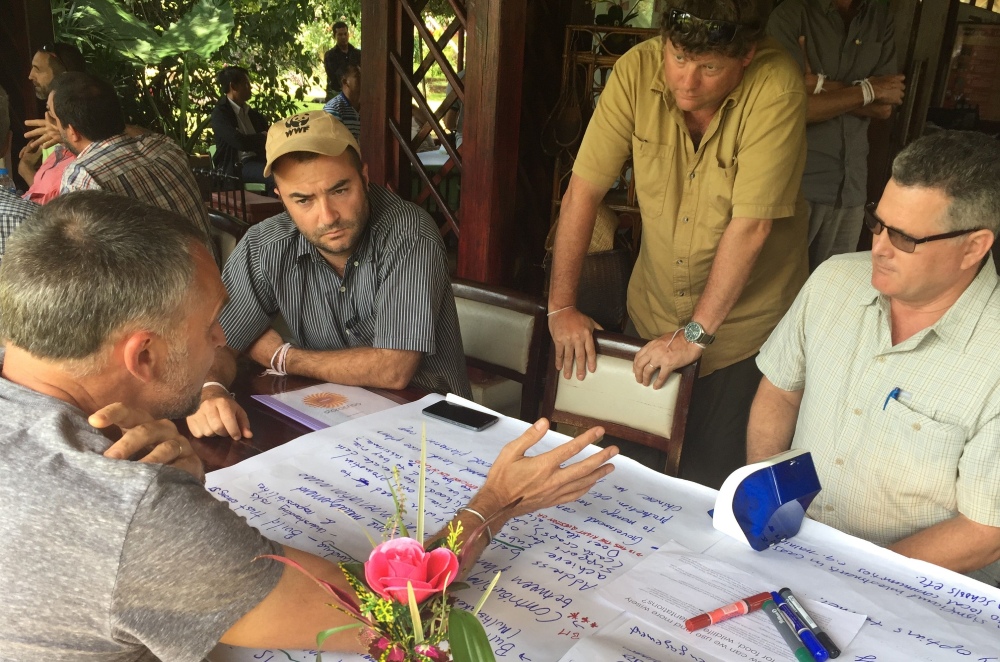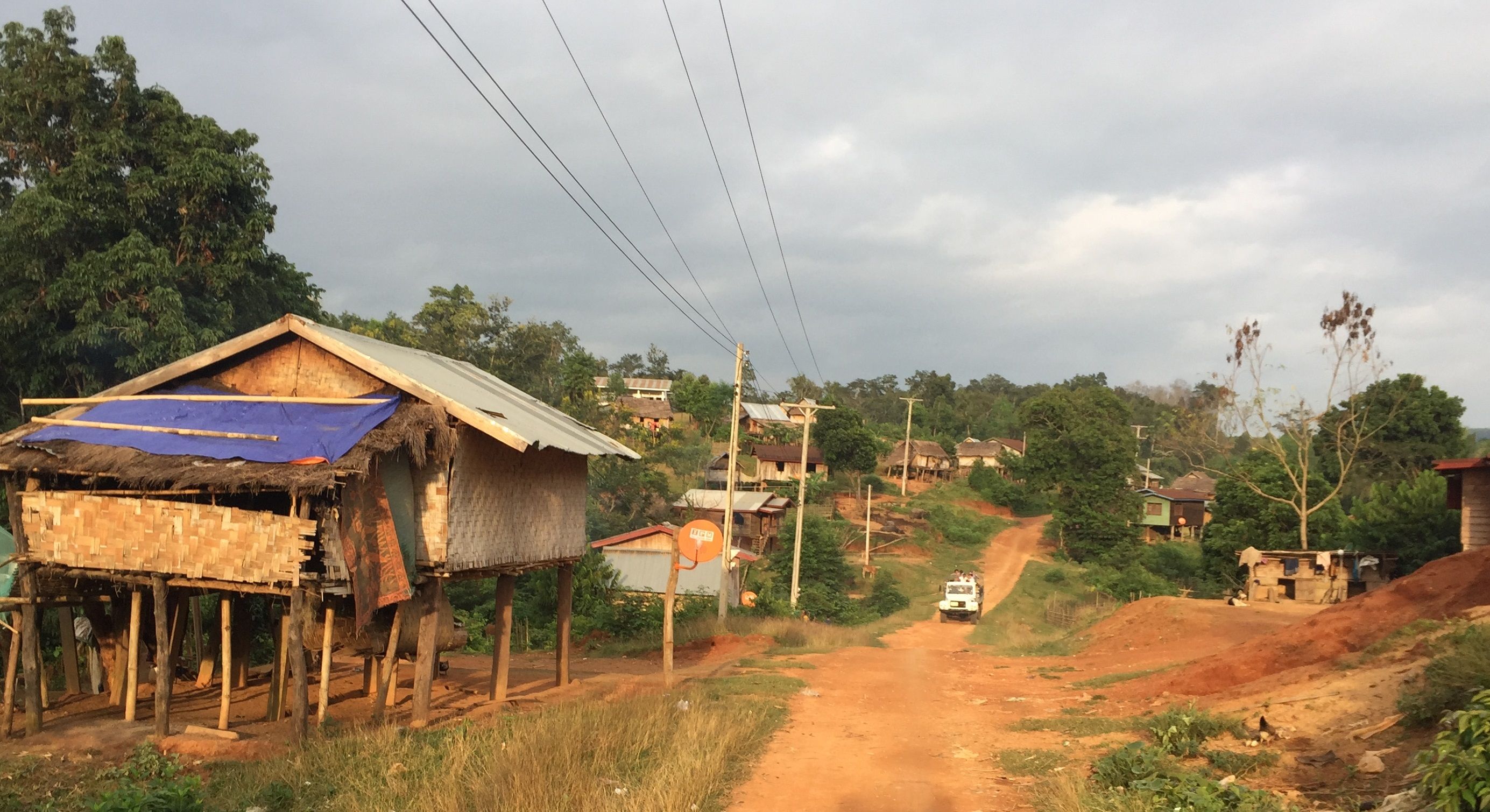During October 17/21, study tour participants are seeking to understand the challenges facing local farmers in Laos, and how well-managed plantations can contribute to improving livelihoods and building resilience.
Landlocked Laos is one of Southeast Asia’s poorest states and remains heavily dependent on foreign aid. Most Lao people live in rural areas, with around 80% working in agriculture, mostly growing rice.
Well-managed plantations offer a chance to improve livelihoods and create socio-economic opportunities for locals. Plantation companies can also help to deal with one of the major challenges for people in rural areas: the risks associated with unexploded munitions (UXO) left from the USA’s bombing of Laos during the Vietnam War, which has left significant areas uncultivated and lacking in infrastructure.
This October 17-21, WWF’s New Generation Plantations (NGP) platform is holding its first-ever study tour in Laos. The event, co-hosted by Stora Enso and WWF-Laos, brings together over 50 practitioners from various fields and many different parts of the world.
During this week, participants are seeking to understand the challenges facing local farmers in Laos, and how well-managed plantations can contribute to improving livelihoods and building resilience. They will also share their knowledge, insights and experiences – including examples of local people successfully participating in plantation development.
This blog is written by Andrew Heald, a participant to the study tour. He is tweeting about the tour using #NGP2016 and via @andyheald























